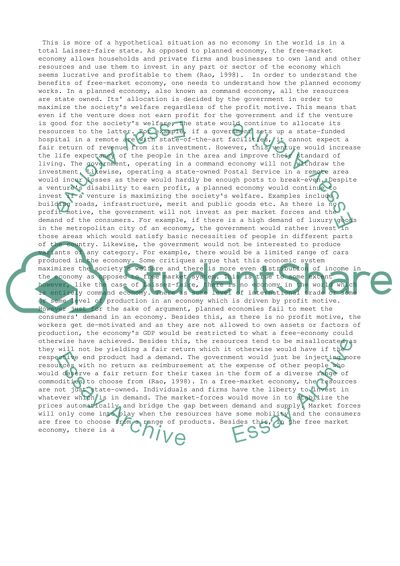Cite this document
(“Free Market System Essay Example | Topics and Well Written Essays - 2250 words”, n.d.)
Retrieved from https://studentshare.org/business/1393084-free-market-system
Retrieved from https://studentshare.org/business/1393084-free-market-system
(Free Market System Essay Example | Topics and Well Written Essays - 2250 Words)
https://studentshare.org/business/1393084-free-market-system.
https://studentshare.org/business/1393084-free-market-system.
“Free Market System Essay Example | Topics and Well Written Essays - 2250 Words”, n.d. https://studentshare.org/business/1393084-free-market-system.


